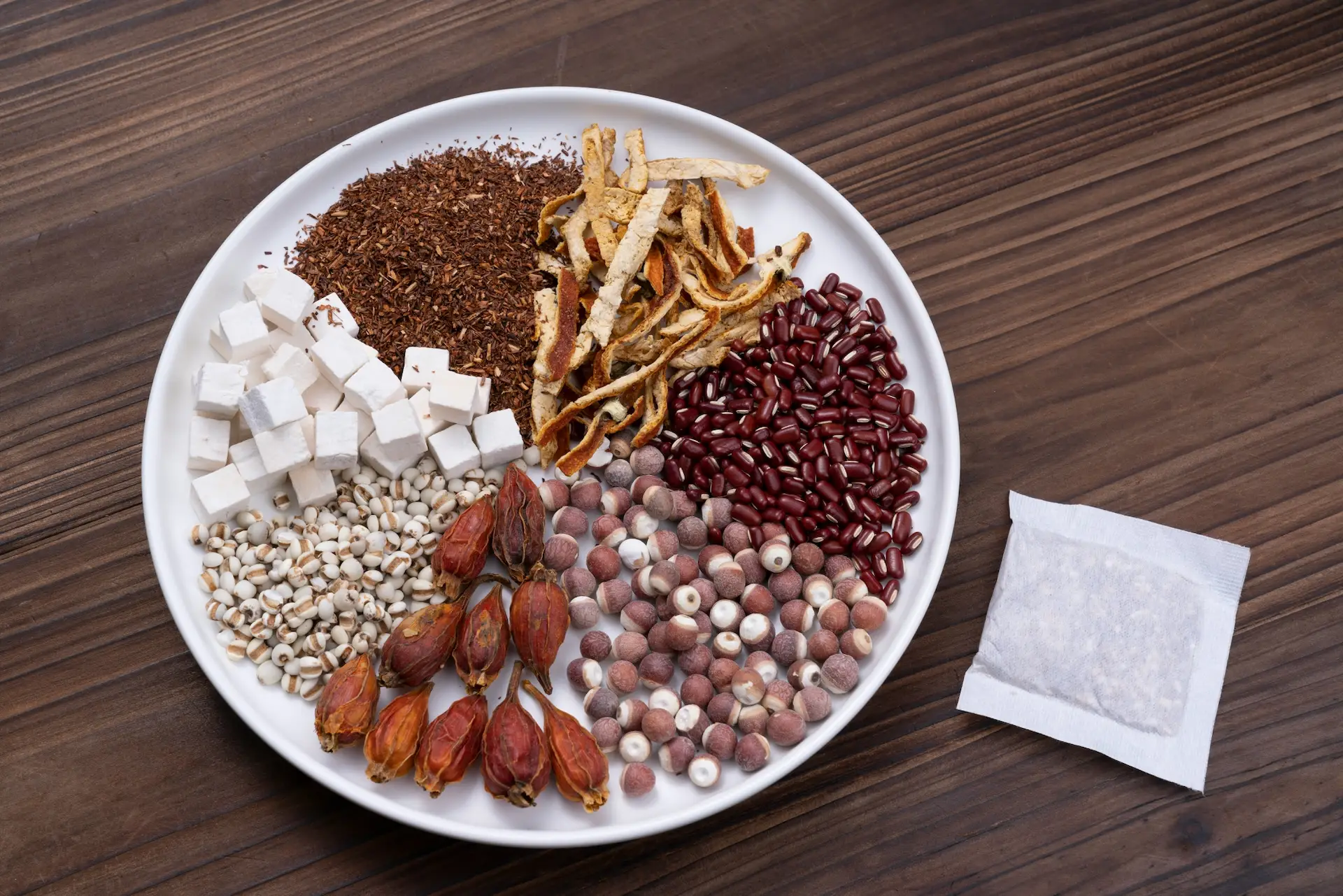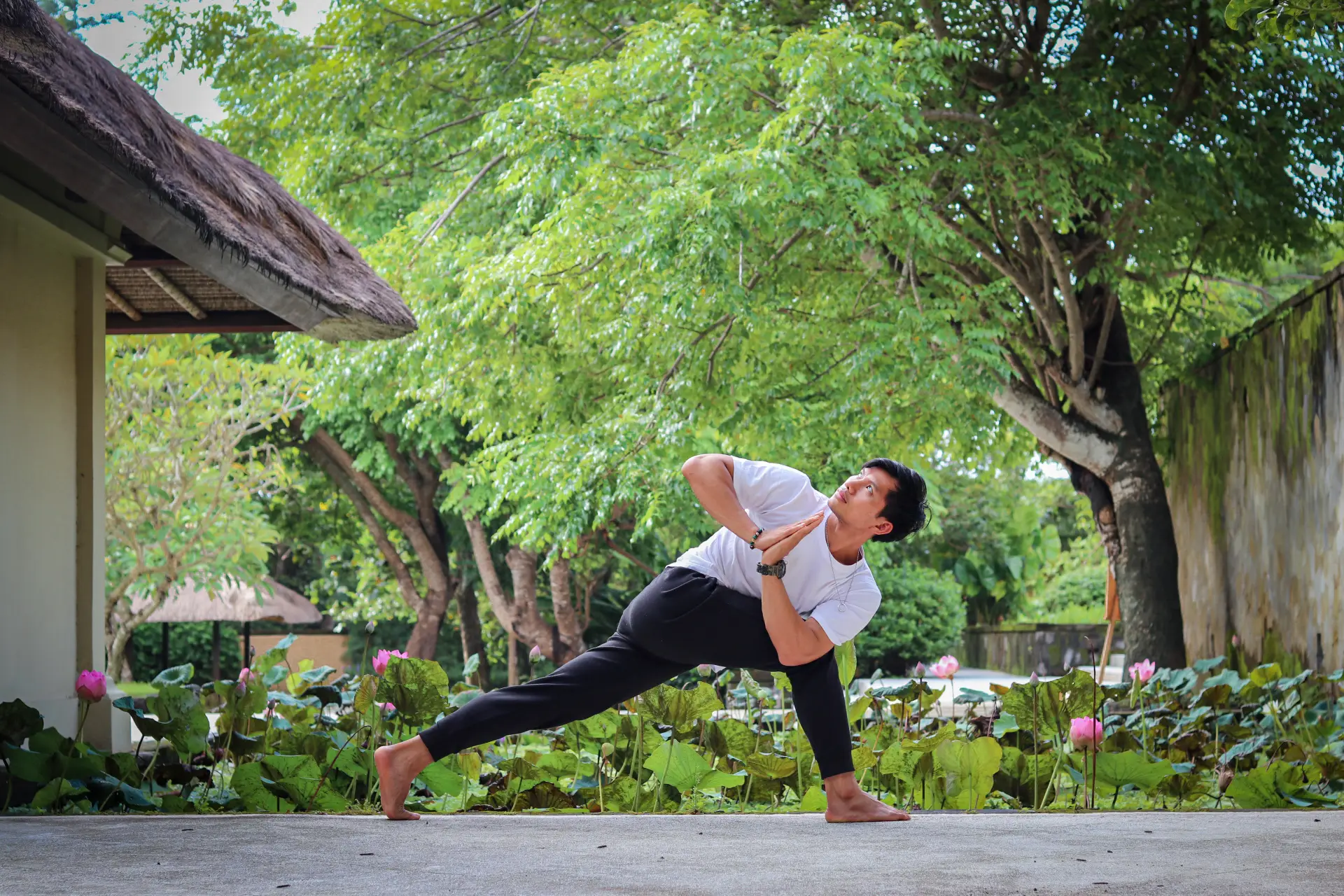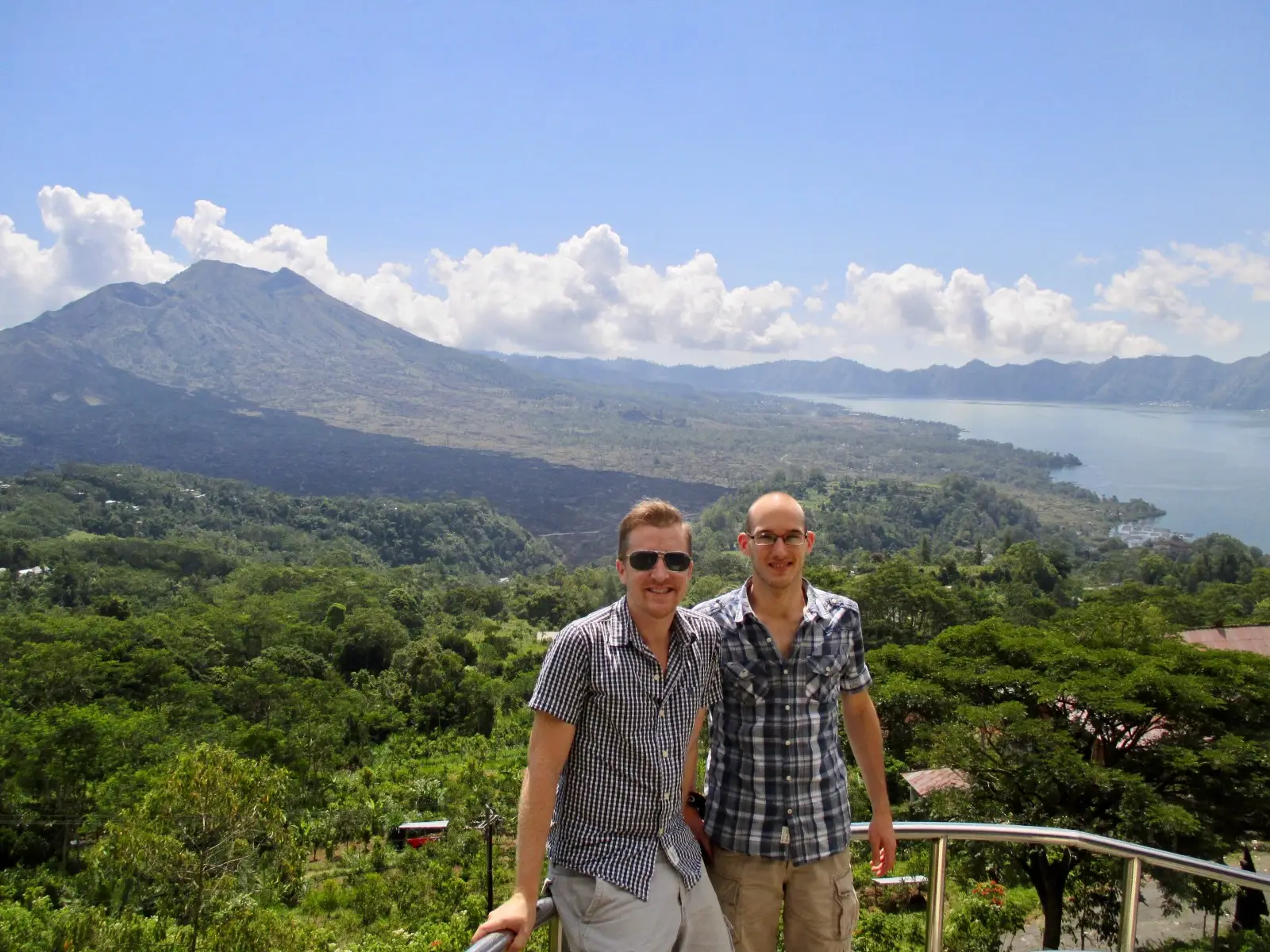Japanese Kampo medicine has a history that dates back to the 6th century, when Chinese medicine was introduced to Japan. Over time, Kampo evolved to incorporate unique Japanese cultural and medical practices, resulting in a distinctive system of herbal medicine. Kampo focuses on diagnosing and treating imbalances in the body’s energy through detailed examination and the use of natural remedies.
The foundational principles of Kampo revolve around the concept of Ki (similar to Qi in TCM), blood, and fluids, which must be balanced for optimal health. Kampo practitioners place a strong emphasis on understanding the patient’s physical constitution and symptoms, tailoring treatments to the individual’s specific needs.

Photo by TeaCora Rooibos on Unsplash
Key Practices:
- Herbal Medicine: Kampo medicine primarily utilises herbal formulas made from plants, minerals, and occasionally animal products. These formulas are based on classical Chinese texts but have been adapted to Japanese conditions and needs. A key feature of Kampo is the meticulous diagnosis process, where practitioners consider the patient’s overall constitution, pulse, tongue, and symptoms before prescribing a specific herbal formula. Common herbs used in Kampo include liquorice root, peony root, and ginger, each serving different therapeutic purposes.
- Acupuncture and Moxibustion: Like TCM, Kampo incorporates acupuncture and moxibustion (burning of herbs near the skin) to stimulate energy flow and promote healing. Acupuncture involves inserting fine needles into specific points on the body, while moxibustion uses the heat generated from burning mugwort to warm and invigorate Qi.
- Dietary and Lifestyle Recommendations: Kampo practitioners often provide dietary and lifestyle advice tailored to the individual’s health condition. This can include specific food recommendations, lifestyle changes, and stress management techniques to support the body’s natural healing processes.

Kampo medicine is known for its gentle and personalized approach, making it suitable for individuals of all ages and health conditions. It is particularly effective for treating chronic illnesses, digestive issues, respiratory conditions, and gynecological problems. Kampo also supports overall wellness by enhancing the body’s natural healing abilities and promoting balance.
Kampo has been integrated into the Japanese healthcare system, and its herbal medicines are regulated and standardized by the Japanese Ministry of Health, Labour, and Welfare. This ensures the quality and safety of Kampo treatments. Kampo is used in both conventional and complementary medicine settings, providing an alternative or adjunct to modern medical treatments. Its holistic approach and minimal side effects make it a popular choice for managing chronic conditions and improving overall health.
Japanese Kampo medicine offers a unique and holistic approach to health, blending ancient Chinese principles with Japanese cultural and medical practices. Its emphasis on personalised treatment, natural remedies, and a thorough understanding of the patient’s constitution provides a comprehensive system for achieving and maintaining health. Kampo continues to play a vital role in modern healthcare, offering effective and gentle treatments for a wide range of conditions.
Please Note: The wellness practices and traditional healing techniques discussed in this article are based on ancient cultural traditions. They are intended for informational purposes only and should not be considered a substitute for professional medical advice, diagnosis, or treatment. Always consult with a qualified healthcare provider before starting any new health regimen or if you have any concerns regarding a medical condition. The effectiveness of these traditional practices may vary from person to person. The information provided does not endorse or guarantee the efficacy of any particular treatment.
















